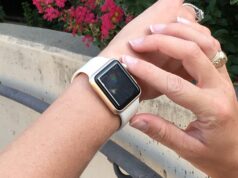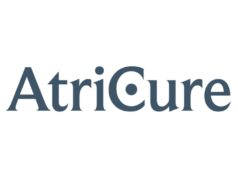
New data from the ECOST (Effectiveness and cost of ICD follow-up schedule with telecardiology) study show remote monitoring with Biotronik Home Monitoring significantly reduces the cost of follow-up in patients with implantable defibrillators (ICDs).
A company press release states that over a 27-month follow-up period, ambulatory costs were significantly reduced, while hospital costs were not significantly different. Adding ICD costs to ambulatory costs, the savings generated by Biotronik Home Monitoring amounted to €315 per patient per year, including the cost of the remote monitoring service.
“These new results show that the remote monitoring of ICD patients saves costs in addition to improving patient care and optimising the use of health care resources”, says Guedon-Moreau, Centre Hospitalier Regional at the University of Lille, France.
“The main results of the ECOST study, published in February 2013 in the European Heart Journal, proved an undeniably good safety benefit,” said Prof Kacet, also of the Centre Hospitalier Regional. “Using Biotronik Home Monitoring reduced the number of patients with inappropriate shocks by 52% and the risk of hospitalisation related to those shocks by 72%.”
ECOST was a prospective multicentre clinical trial designed to examine the safety and efficacy of remote monitoring of ICD patients with Biotronik Home Monitoring. The study analysed 433 patients from 43 sites throughout France who were randomly assigned to remote monitoring follow-up or standard in-office care. The 221 remote monitoring patients the active group were seen in the ambulatory department once a year, unless remote monitoring reported a technical or clinical event requiring an in-office visit. The 212 control group patients underwent in-office visits every six months.
Costs were calculated using the French National Health Insurance fund’s actual billings, and consider hospital costs for the management of cardiovascular disorders and ambulatory costs including costs related to device management and other ambulatory costs. The cost savings shown in the 27-month study are expected to increase over time.









